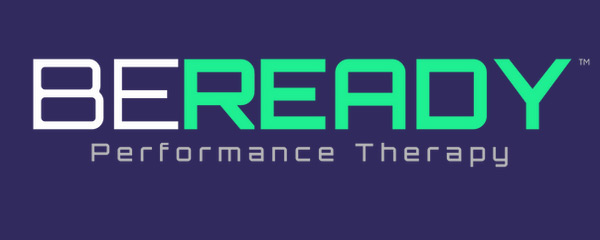
Knots, like the ones in your upper traps, between your shoulder blades, and all around your hips – how do you get rid of them? Physical therapists have quite a few tools in the bag to deal with these irritations, and IASTM is one of our favorites.
Have you ever seen an athlete being worked on by a therapist holding what looks like a big steel handle bar? This is an example of IASTM, or instrument assisted soft tissue manipulation. IASTM is the use of a of tool (sometimes plastic or stone, but often steel) over an area of soft tissue (usually muscle) that is painful or restricted in some way. Many people claim that by rubbing on these tissues they can feel knots and scar tissue being ground away. However, many researchers will tell you it is impossible that rubbing a muscle could actually breakdown a desired tissue. But if a knot was there before and is gone now, isn’t that proof enough? In a sense, yes.
Whether IASTM, massage, foam rolling, or other technique really can “break” anything up is a matter of semantics. Many researchers today would tell you that if your body’s various tissues are so fragile that laying on a foam roller for thirty seconds is enough to break up tissue, then you should fear for your life because any moderate amount of pressure applied to you during the day would essentially be capable of deforming your body. If this were the case, you would need to be anxious about losing the shape of your rear-end every time you sat down for more than a few minutes. However, there is still the truth that the last time you went in to therapy or spent time foam rolling you had some knots in your upper back and now you don’t. What’s the deal? This is where the semantics come in.
While you aren’t actually “breaking” anything up as if you were tenderizing meat, you are communicating something to the brain. The brain ultimately controls what gets tight in the body and what doesn’t. When a tissue is over-stressed (it’s too weak to do its job or the job you’re asking of it isn’t reasonable) it seeks security through tightness. Often, tightness means balling a muscle into painful trigger points some people refer to as “knots”. When you massage or foam roll the area, you haven’t broken up or changed anything about the tissue itself – you’ve sent a message to the brain to calm everything down. This calming signal causes the brain to release those trigger points.

As a physical therapist, using steel IASTM tools is particularly useful not only in that the skin responds well to the feeling of the steel, but the steel provides feedback to the therapist as he or she scans an area for inconsistencies like trigger points in soft tissue. Having the right tool allows a therapist to essentially “seek and destroy” irritating stimuli more easily and much more effectively. At Be Ready Performance Therapy, tools from ValeoFM provide us with the quality and clinical effectiveness we need to get our patients out of pain and back to performing at their best.
After you’ve received an IASTM treatment, we always recommend following it with
slow and controlled exercise. Using a muscle the way it’s intended to be used under a load it can manage well sends a signal to the brain that it can be calm and stay calm. For example, if we worked on your upper traps, we would then have you perform some light overhead presses. Over time, we’ve learned that this formula works extraordinarily well:
Applied Pressure + Slow & Controlled Exercise = Relaxed Brain.
So, if you’re an athlete who always seems to have one or two or ten painful knots that you can’t seem to beat, try some deep pressure and slow & controlled exercise. If you need help, you know where to find us.


